Save 25% on all flower subscriptions - Shop here
Guide toNational Flowers
Here at Flying Flowers, we know that flowers are, quite simply, blooming gorgeous. I mean what’s not to love? They look fabulous and guaranteed to brighten your day. It’s where it all began for us, when some clever holidaymakers decided to send carnations home instead of postcards, the perfect way to deliver joy to doorsteps. It seems that our customers agree - we all deserve a little burst of happiness.
Our love affair with flowers is deeply rooted in our history. In the UK, each nation is represented by a national flower which have been chosen because of their links to our heritage – so much so they were included in the Coronation Emblem for King Charles III . It’s not just us here in the UK who are mad about our national flower, the rest of the world is at it too. There’s even a National Flower Day (it’s celebrated on 21st March just in case you wanted to know).
Jump on board and let us give you a whistlestop tour of the world with our guide to national flowers.
National Flowers of the United Kingdom and the Republic of Ireland
-
-
-
Scotland's national flower
Ireland’s national flower
National Flowers of Europe
Germany's national Flower
Belgium & Poland NATIONAL FLOWER
National Flowers of Asia
Sometimes a national flower is chosen not from its links to events in the past, but simply because it represents the attitude and cultural heritage of the country. This is the case with the national flower of Singapore. In 1981 the Ministry of Culture wanted to select a flower that would create a sense of pride within the nation. After a lot of discussions, which looked at over 40 types of flowers, they chose an Orchid called Vanda Miss Joaquim for its resilience and year-round ability to flower.
Head inland and we find that the national flower of India is the Lotus. This bloom is sacred in their country and has long been tied to its heritage, history and culture. This isn’t the only country which links its flower to its culture. Over in Sri Lanka, the Blue Water Lily is linked to Buddhist tradition. It is said that when Buddha died these flowers appeared wherever he had walked during his life.
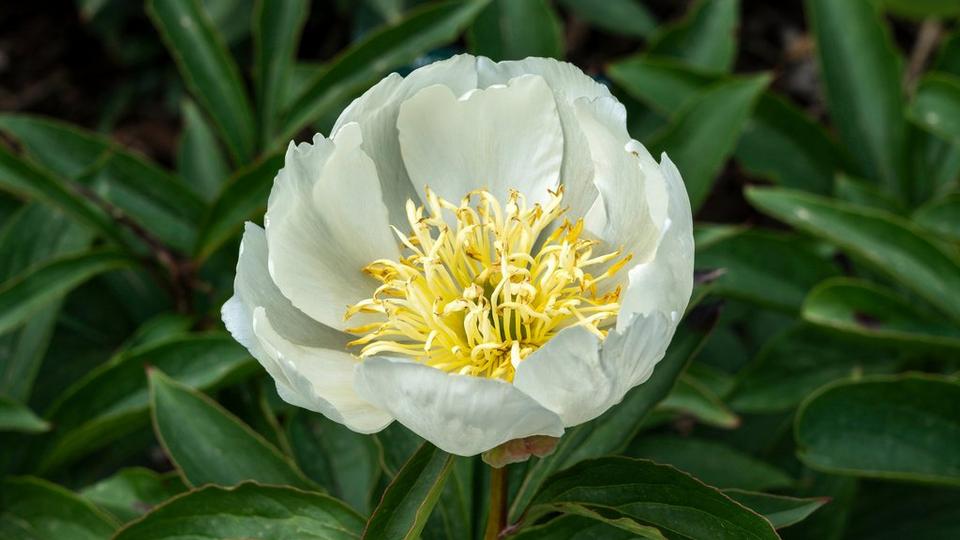
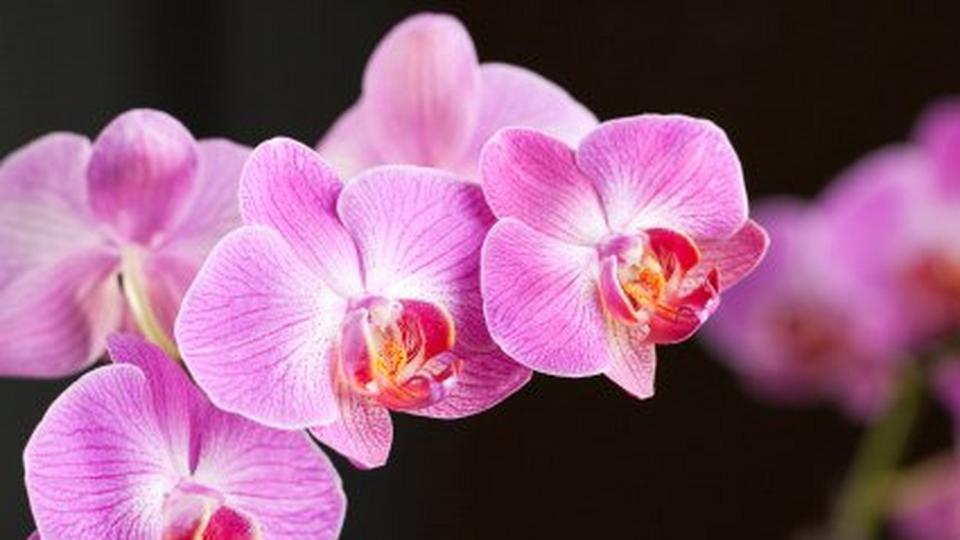
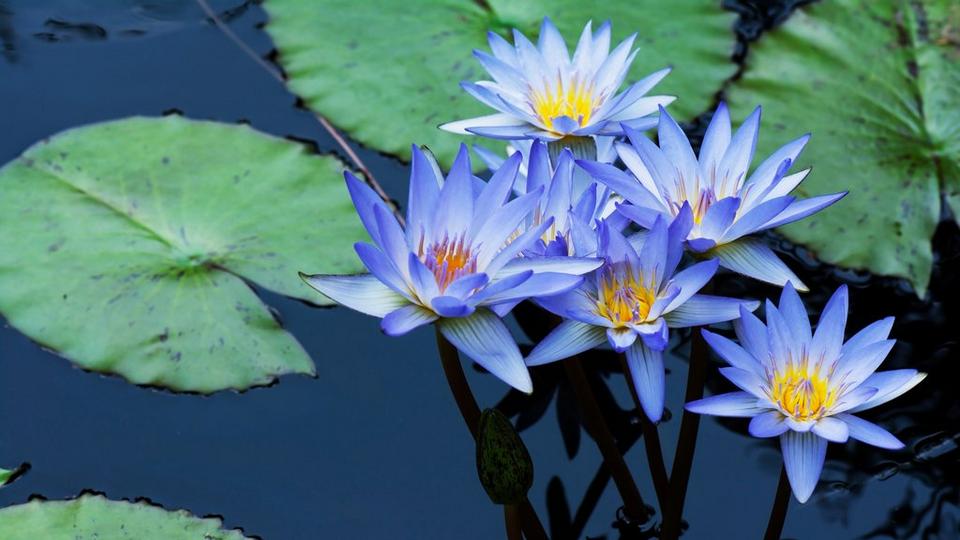
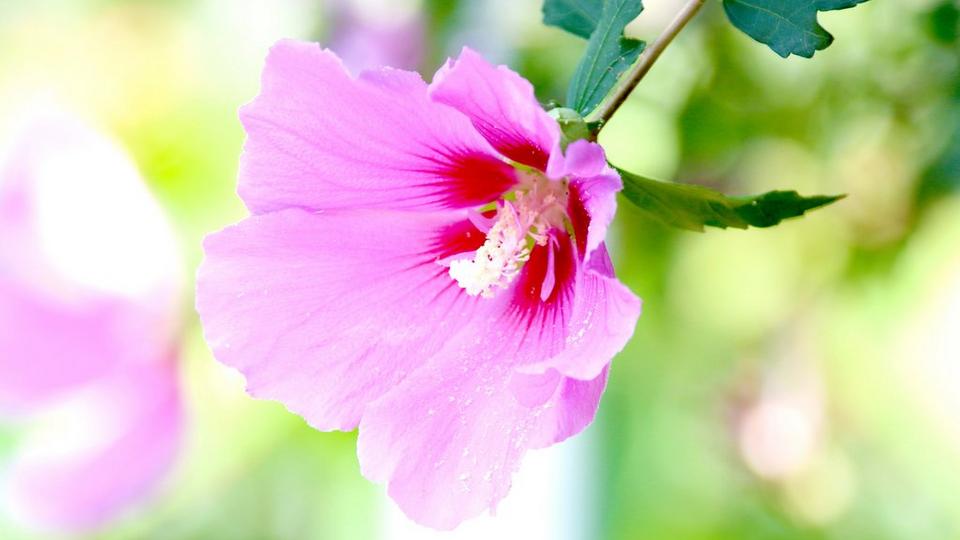
Going even further back in time we head to South Korea with their flower, the Mugunghwa. Also known as the Rose of Sharon, this one has been an important flower since around 108 BC when it was treasured as a blossom from heaven. Even today, this flower holds a deep affection in its culture for its resilience and ability to grow in the harshest of conditions. No wonder it has earned the meaning ‘eternal blossom that never fades.’
National Flowers of Africa
Sometimes a national flower is chosen because it is a flower that is native to the country. This is certainly the case for the national flower of Mauritius, the Ruizia Boutoniana (previously known as Trochetia Toutoniana). This incredibly rare flower can only be found in the wild growing in a specific location on the island. Thankfully cultivation of this plant by botanist Joseph Gueho in 1973 has helped keep this plant going.
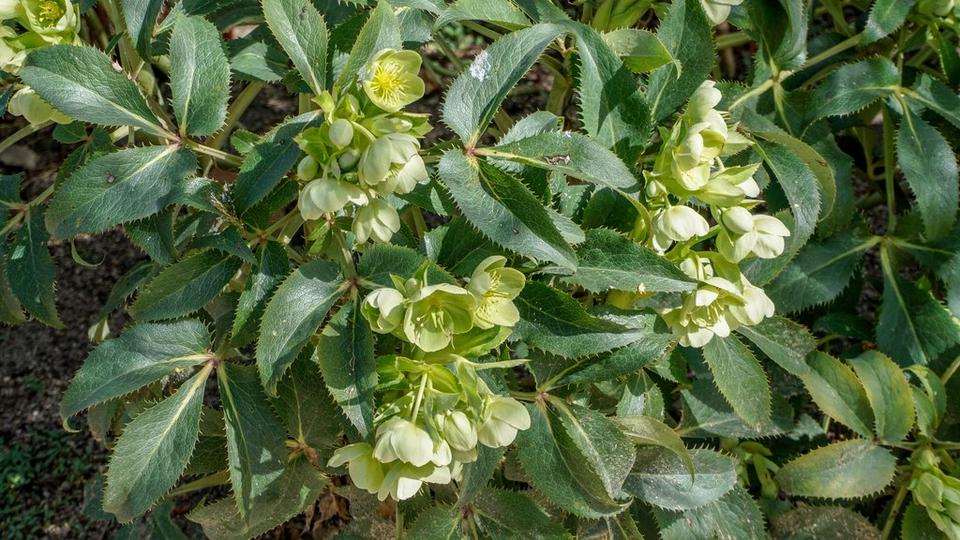

This next one is in fact a succulent and not a flower, again chosen as it is native to the country. Welwitschia Mirabilis was chosen for Namibia because the incredibly rare and endangered plant can only be found growing on one small stretch of land. The area runs between the Kuiseb River (which is in Namibia) to Mossamedes (which is in southern Angola).
National Flowers of North America
Saint Kitts & Nevis NATIONAL FLOWER
Bermuda national flower
Cuba national Flower
National Flowers of South America
National flowers in this region have been chosen by each country for entirely different reasons. In Argentina, they chose Ceibo as their national flower because of its importance to their culture. While in Colombia they chose the Cattleya Orchid because the blue, yellow and red colours of the flower are found in their flag. It also helps that the plant was named after a famous Colombian botanist, Jose Jeronimo Triana.
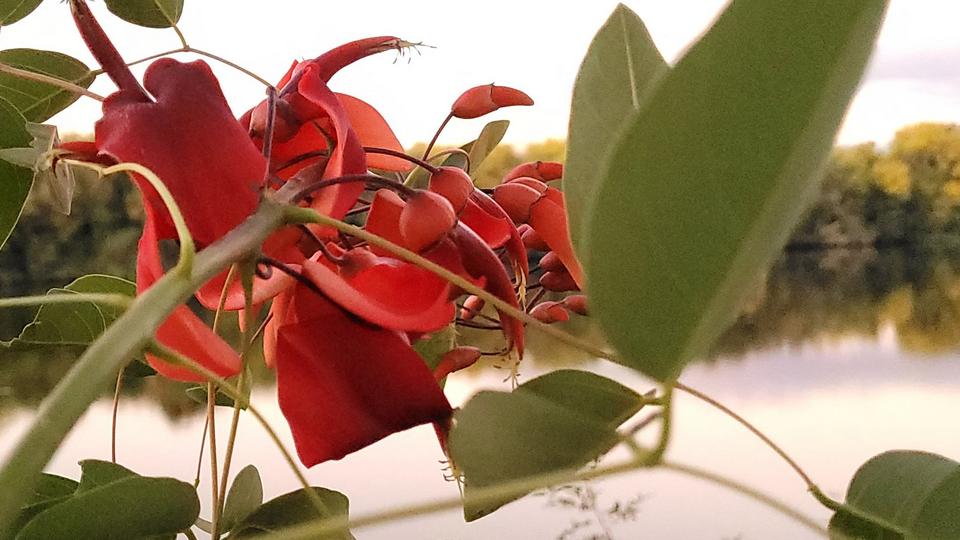
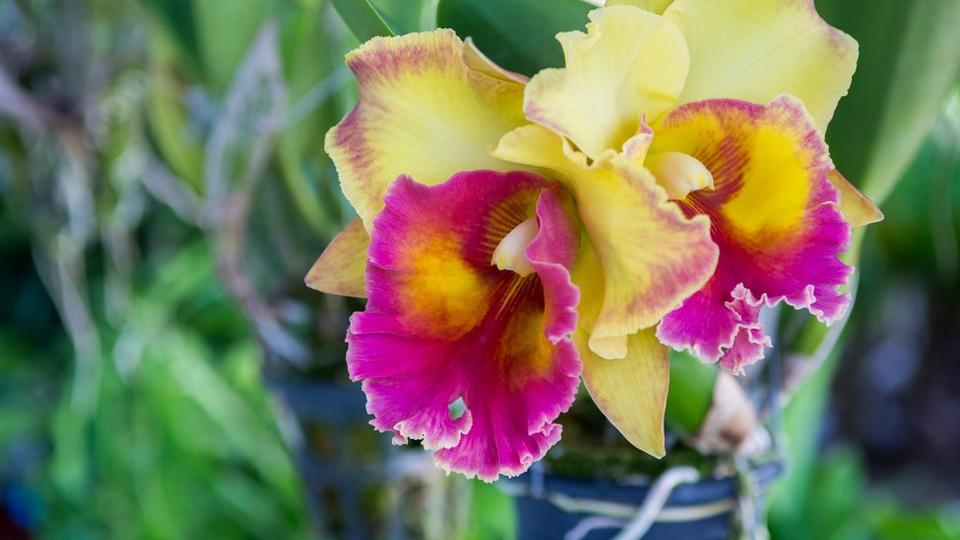
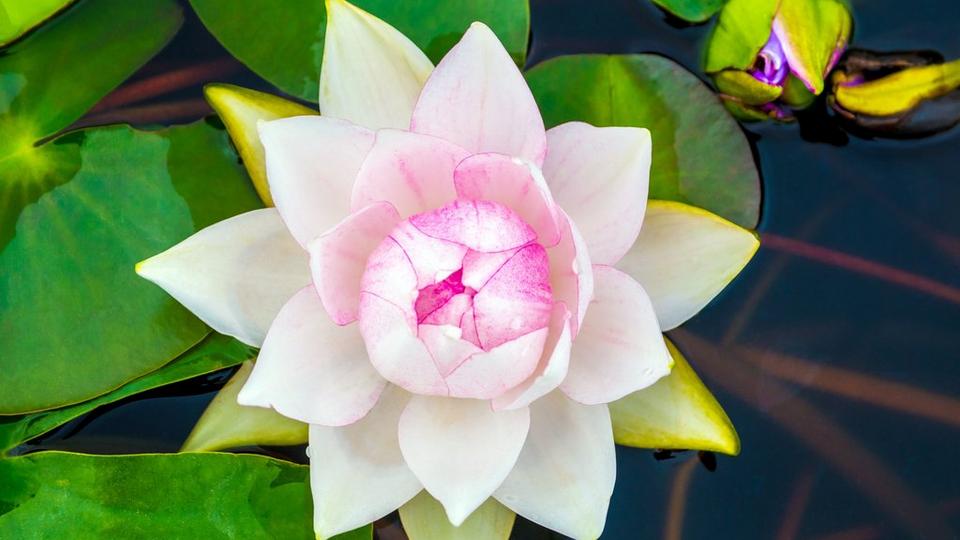
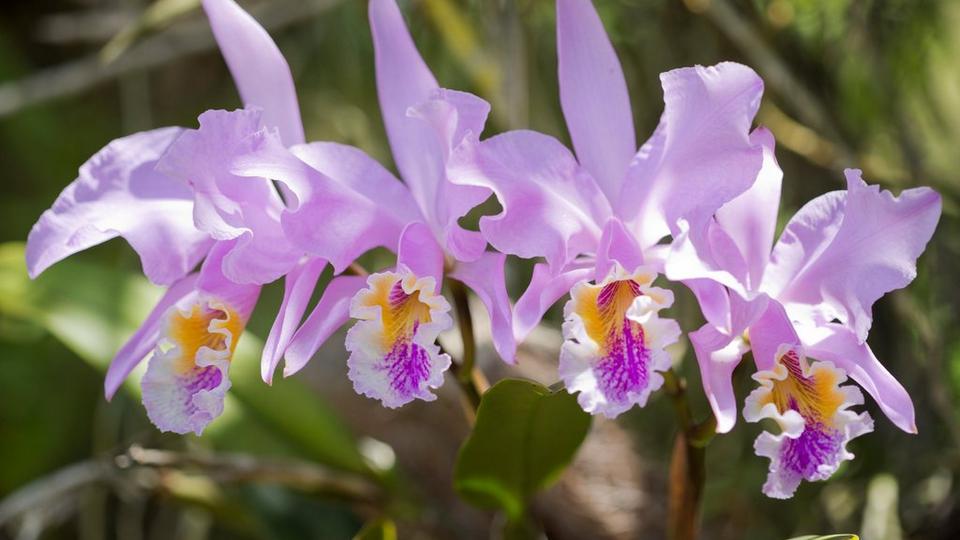
When Guyana gained their independence in 1966, they chose the Giant Water Lily as their national flower. This is due to the fact the plant was first discovered in the Berbic region of Guyana. Whereas Venezuela decided on the Orchid Cattleya Mossiae because it represents the natural beauty of their country.
National Flowers of Oceania
Head south and we find quite a few countries sharing the same flowers. Take the beautiful Hibiscus for example, this one is the national flower of Micronesia, Solomon Islands, Vanuatu and Norfolk Island. While heading over to Kiribati, Marshall Islands, Palau, Tuvalu and the Northern Mariana Islands and you find they have adopted different varieties of Plumeria as their national flower.
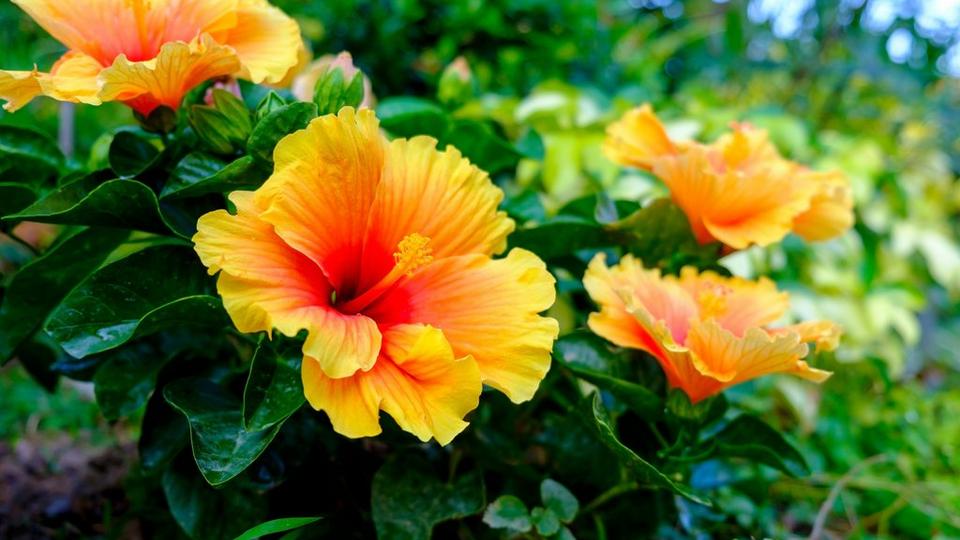
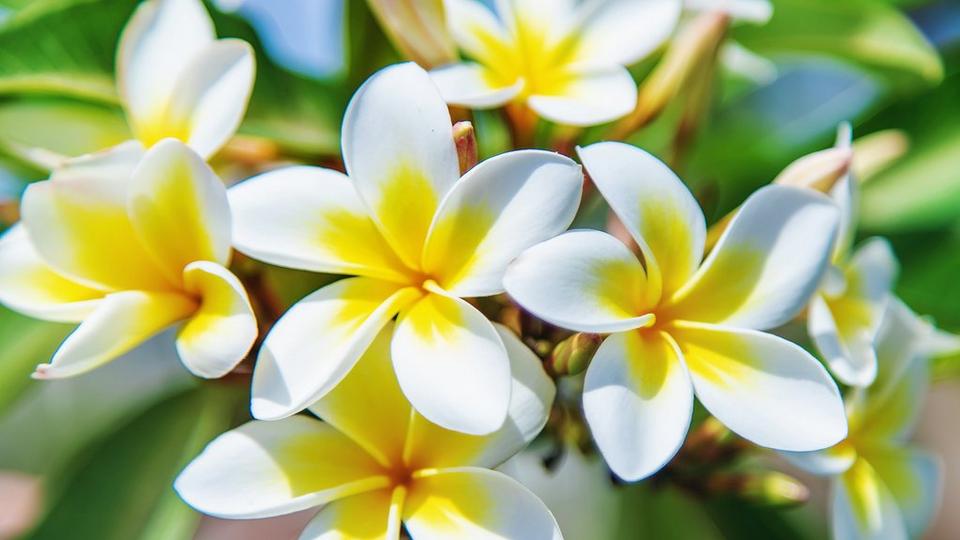

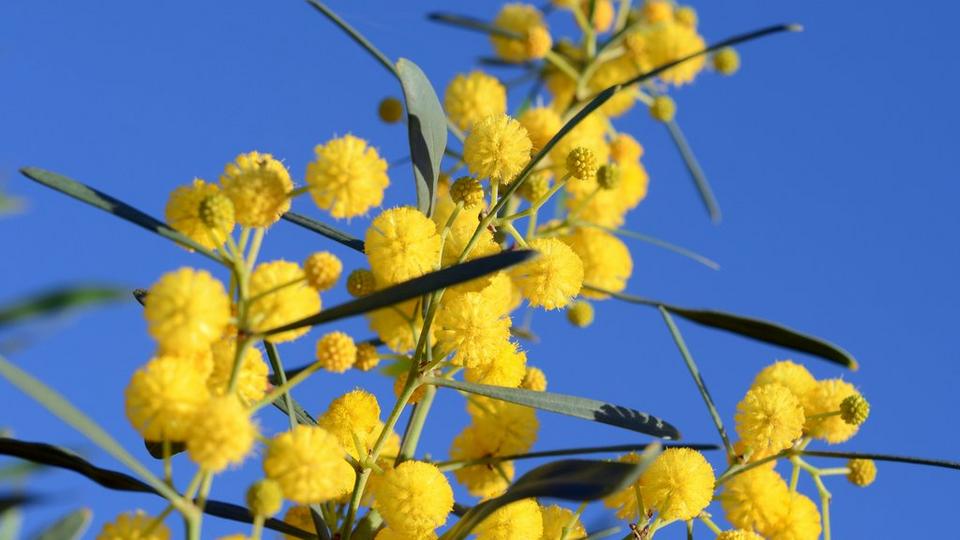
Over in New Zealand and New Caledonia and they share Kowhai as their national flower. Although technically not an official national flower for New Zealand, Kowhai has been adopted because of its strong links to Māori. They would use the plant to make yellow dye and for medicine.
Finishing off our world tour we look at Australia’s national flower, the Golden Wattle. This one is found growing across the country this tough plant can withstand droughts, winds and bushfires. It’s no wonder it has been chosen because it symbolises the unity and resilient spirit of Australians.
We hope you’ve enjoyed going on our flower tour of the globe. Although we don’t deliver internationally, you can still spread joy to every corner of the UK with our flower bouquets.
A Guide To All National Flowers
| Continent | │ | Country | │ | National Flower | ||
|---|---|---|---|---|---|---|
| UK & ROI | Scotland | Thistle | ||||
| Ireland | Shamrock | |||||
| Wales | Daffodil | |||||
| England | Rose | |||||
| ROI | Shamrock | |||||
| Europe | Russia | Camomile | ||||
| Greece | Bear’s Breech | |||||
| Finland | Lily of the Valley | |||||
| Iceland | Mountain Avens | |||||
| Andorra | Narcissus | |||||
| Belarus | Flax | |||||
| Lithuania | Rue | |||||
| Malta | Maltese Centaury | |||||
| Montenegro | Either Mimosa or Carnation | |||||
| Norway | Purple Heather | |||||
| San Marino | Lavender | |||||
| Serbia | Lily of the Valley | |||||
| Sweden | Twin Flower | |||||
| Ukraine | Sunflower | |||||
| Germany | Cornflower | |||||
| Estonia | Cornflower | |||||
| Denmark | Marguerite Daisy | |||||
| Latvia | Oxeye Daisy | |||||
| France | Iris | |||||
| Croatia | Iris Croatica | |||||
| Spain | Red Carnation | |||||
| Slovenia | Carnation | |||||
| Monaco | Red Carnation | |||||
| Luxembourg | Rose | |||||
| Bulgaria | Red Rose | |||||
| Slovakia | Rose | |||||
| Czech Republic | Rose | |||||
| Moldova | Dog Rose | |||||
| Netherlands | Tulip | |||||
| Austria | Edelweiss | |||||
| Switzerland | Edelweiss | |||||
| Poland | Corn Poppy | |||||
| Albania | Red Poppy | |||||
| Belgium | Red Poppy | |||||
| North Macedonia | Opium Poppy | |||||
| Bosnia and Herzegovina | Golden Lily | |||||
| Italy | White Lily | |||||
| Liechtenstein | Yellow Lily | |||||
| Vatican City (Holy See) | Easter Lily | |||||
| Asia | Armenia | None | ||||
| Uzbekistan | Cotton Flower or Tulip | |||||
| Thailand | Golden Shower | |||||
| Singapore | Orchid | |||||
| Sri Lanka | Blue Water Lily | |||||
| Tajikistan | None | |||||
| Bahrain | Sunflower | |||||
| China | Plum Blossom | |||||
| Israel | Cyclamen Persicum | |||||
| Japan | Chrysanthemum | |||||
| Jordan | Black Iris | |||||
| North Korea | Magnolia | |||||
| South korea | Rose of Sharon | |||||
| Laos | Dok Champa | |||||
| Lebanon | None | |||||
| Mongolia | Scabiosa | |||||
| Myanmar | Padauk | |||||
| Nepal | Rhododendron | |||||
| Philippines | Sampaguita | |||||
| Qatar | Limonium | |||||
| Azerbaijan | Ophrys Caucasica | |||||
| Bhutan | Himalayan Blue Poppy | |||||
| Cambodia | Rumduol | |||||
| Indonesia | Melati Putih | |||||
| Brunei | Simpor | |||||
| Kazakhstan | Lily | |||||
| UAE | Tribulus Omanense | |||||
| India | Lotus | |||||
| Malaysia | Hibiscus | |||||
| Timor-Leste | Hibiscus | |||||
| Iran | red Rose | |||||
| Bangladesh | Water Lily | |||||
| Kuwait | Arfaj | |||||
| Saudi Arabia | Arfaj | |||||
| Iraq | Rose | |||||
| Turkmenistan | Red Rose | |||||
| Maldives | Pink Rose | |||||
| Georgia | Rose laevigata | |||||
| Oman | Rose laevigata | |||||
| Pakistan | Jasmine | |||||
| Syria | Jasmine | |||||
| Turkey | Tulip | |||||
| Kyrgyzstan | Tulip | |||||
| Afghanistan | Tulip | |||||
| Africa | Burkina Faso | red rose | ||||
| Morocco | Rose | |||||
| Sao Tome | Porcelain Rose | |||||
| Togo | Rose | |||||
| Rwanda | Rose | |||||
| CAR | King Protea | |||||
| Somalia | King Protea | |||||
| Niger | Costus Spectabilis | |||||
| Nigeria | Costus Spectabilis | |||||
| Senegal | Baobab | |||||
| Cabo Verde | Gerbera Daisy | |||||
| Chad | Gerbera Daisy | |||||
| Eritrea | Gerbera Daisy | |||||
| Benin | none | |||||
| Democratic Republic of Congo | Protea | |||||
| Republic of Congo | None | |||||
| Djibouti | None | |||||
| Equatorial Guinea | None | |||||
| Egypt | Lotus | |||||
| Sierra Leone | None | |||||
| Mali | None | |||||
| Eswatini | Edelweiss | |||||
| Ethiopia | Calla lily | |||||
| Gabon | Delonix Regia | |||||
| Gambia | White Variety Orchid | |||||
| Seychelles | Tropicbird Orchid | |||||
| Kenya | None | |||||
| Ghana | Impala lily | |||||
| Guinea-Bissau | Veronica Djalonensis | |||||
| Guinea | none | |||||
| Lesotho | Spiral Aloe | |||||
| Liberia | Pepper Flower | |||||
| Libya | Pomegranate Blossom | |||||
| Madagascar | Poinciana | |||||
| Mauritania | Mauritanian Mallow | |||||
| Mauritius | Trochetia Boutoniana | |||||
| Mozambique | Maroon Bell Bean | |||||
| Namibia | Welwitschia Mirabilis | |||||
| Algeria | Iris | |||||
| Angola | Welwitschia | |||||
| Botswana | Kalhari Devil’s Claw | |||||
| Burundi | Bujumbura | |||||
| Cameroon | Red Stinkwood | |||||
| Tanzania | Syzygium Aromaticum | |||||
| Comoros | Ylang Ylang | |||||
| South Sudan | Hibiscus | |||||
| Sudan | Hibiscus | |||||
| Tunisia | Jasmine | |||||
| Zambia | Bougainvillea | |||||
| Zimbabwe | Gloriosa Superba | |||||
| North America | Antigua & Barbuda | Daggers Log | ||||
| Aruba | Wangle | |||||
| Anguilla | White Cedar | |||||
| Belize | Black Orchid | |||||
| Bahamas | Yellow Elder | |||||
| Barbados | Pride of Barbados | |||||
| Bermuda | Sisyrinchium Bermudiana | |||||
| British Virgin Islands | White Cedar Flower | |||||
| Cuba | Butterfly Jasmine | |||||
| Canada | Maple Leaf | |||||
| Costa Rica | Purple Country Girl | |||||
| Curaçao | Kibrahacha Tree | |||||
| Cayman Islands | Wild Banana Orchid | |||||
| Honduras | Kibrahacha Blossom | |||||
| Bonaire | Orchid | |||||
| Guatemala | White Nun Orchid | |||||
| Panama | White orchid | |||||
| Dominican republic | Bayahibe Rose | |||||
| Dominica | Sabinea Carinalis | |||||
| El Salvador | Flor De Izote | |||||
| Guadeloupe | Hibiscus | |||||
| Haiti | Hibiscus | |||||
| Grenada | Bougainvillea | |||||
| Greenland | Niviarsiaq | |||||
| Jamaica | Lignum Vitae | |||||
| Mexico | Dahlia | |||||
| Martinique | None | |||||
| Montserrat | Red Heliconia | |||||
| Nicaragua | Sacuanjoche | |||||
| Puerto Rico | Flor de Maga | |||||
| Saint Kitts & Nevis | Poinciana | |||||
| Saint Lucia | Rose and Marguerite | |||||
| Saint Barthélemy | None | |||||
| Saint Pierre and Miquelon | None | |||||
| Saint Vincent and the Grenadines | Soufriere Tree | |||||
| Saint Eustatius | Statis Morning Glory | |||||
| Saba | Black-eyed Susan | |||||
| Trinidad & Tobago | Chaconia | |||||
| Turks & Caicos Islands | Heather | |||||
| United States Virgin Islands | White Cedar | |||||
| U.S.A | Rose | |||||
| South America | Argentina | Ceibo | ||||
| Brazil | Chrysostricha (Golden Trumpet Tree) | |||||
| Bolivia | Kantuta | |||||
| Peru | Kantutua | |||||
| Chile | Lapageria Rosea | |||||
| Ecuador | Chuquiraga | |||||
| Falkland Islands | The Pale Maiden | |||||
| French Guiana | None | |||||
| Guyana | Victoria Amazonica | |||||
| Paraguay | Mburucuya | |||||
| South Georgia and the South Sandwich Islands | None | |||||
| Uruguay | Erythrina Crista-Galli | |||||
| Venezuela | Orchid Cattleya Mossiae | |||||
| Oceania | Micronesia | Ceibo | ||||
| Micronesia | Hibiscus | |||||
| Solomon Islands | Hibiscus | |||||
| Vanuatu | Hibiscus | |||||
| Norfolk Island | Hibiscus or Phreatia Limenophylax | |||||
| Kiribati | Plumeria Frangipanis | |||||
| Marshal Islands | Plumeria Frangipanis | |||||
| Palau | Plumeria | |||||
| Tuvalu | Plumeria | |||||
| Northern Mariana Islands | Plumeria | |||||
| Samoa | Tequila Torch Ginger | |||||
| American Samoa | Paogo (Ulafala) Pandanus Tectorius | |||||
| Cook Islands | Tiare Maori (Gardenia) | |||||
| French Polynesia | Tahitian Gardenia | |||||
| New Zealand | No official flower but Kowhai is widely regarded as their national flower | |||||
| New Caledonia | Kowhai | |||||
| Niue | Puakenikeni | |||||
| Fiji | Tagimaucia | |||||
| Nauru | Calophyllum | |||||
| Papua New Guinea | Dendrobium | |||||
| Tonga | Red blossomed Heilala | |||||
| Christmas Island | Hoya Aldrichii | |||||
| Clipperton Island | None | |||||
| Guam | Bougainvillea | |||||
| Pitcairn Islands | Abutilon Pitcairnense | |||||
| Tokelau | None | |||||
| Wallis and Futuna Islands | None |
